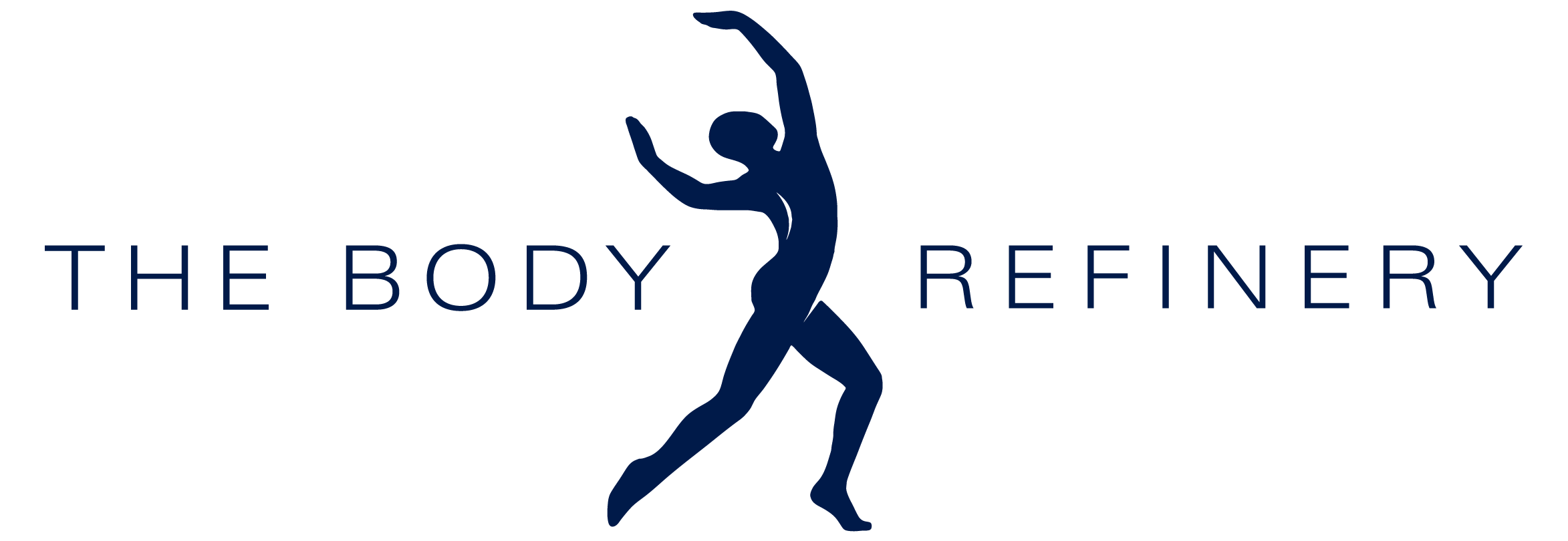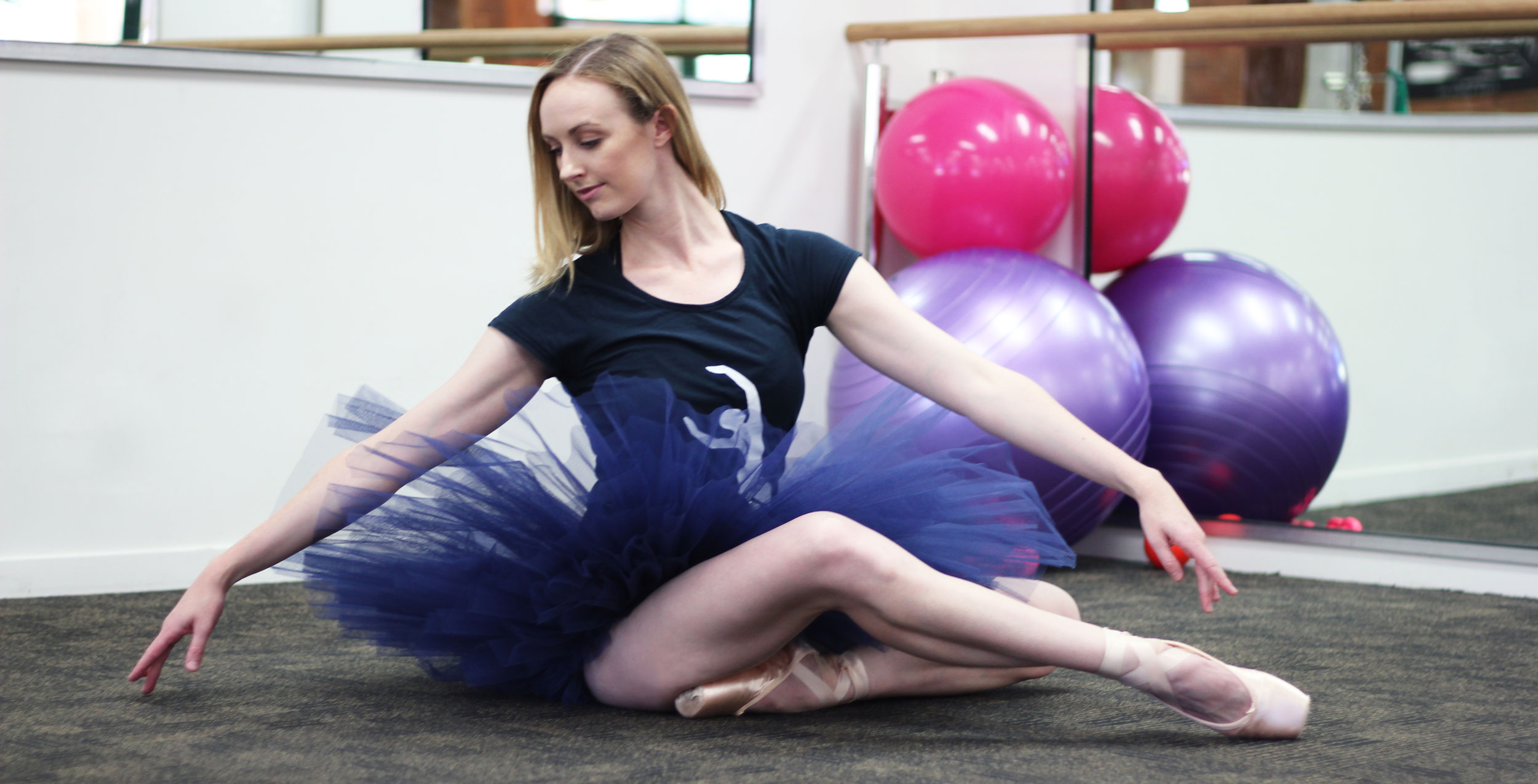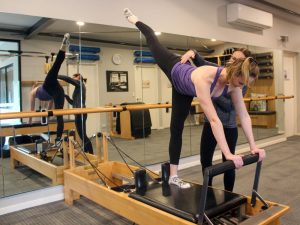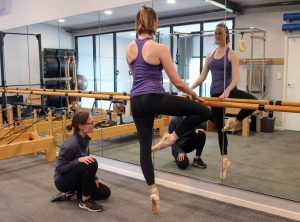Dancers sitting in the splits or effortlessly mounting their legs above their heads are quintessential images in the dance world. While many dancers are hypermobile, others are not and have to work hard to achieve the same range of movement. They resort to stretching every day to ‘increase their flexibility’ often to no avail. If this sounds like you, then you’re not alone. You may think that holding stretches passively lengthen your muscles, but this is not the case. In fact, research has shown that static stretching (i.e. holding a stretch) for longer than 60 seconds actually inhibits the muscle. If you take this inhibited muscle into a dance class you are more at risk of injury.
That’s why, at the Australian Ballet, you no longer see dancers stretching their calves. It is all thanks to Dr Sue Mayes, the Principal Physiotherapist at the Australian Ballet. Mayes educated the dancers on the importance of not stretching their calves and introduced single leg calf raises into their daily class. Over the past decade, they have seen a dramatic decline in ankle and calf injuries. As Mayes explains, when performing, dancers are not static and do not hold passive positions. Instead, they are dynamic, moving in and out of extreme ranges of movement. To have the capacity to move into these ranges with power and control requires strength. By taking a strength-based approach, Mayes and her team found they could improve flexibility and increase range of motion in a safe and effective way.
If you shouldn’t stretch, how should you warm-up?
Rather than sitting in a stretch, you should take the muscle through its range dynamically. For example, you could do a slow controlled leg swing. Other suggestions include:
- Jogging around the studio to raise your body temperature and get the blood flowing
- Releasing tight muscles with a ball or roller
- Gentle activation exercises to ‘wake up’ the deep stabilising muscles such as the glutes
Should you abandon stretching altogether?
It depends on the way you do it. If you are going to stretch, it should be dynamic and not held for longer than 30-40 seconds.
If you have been working hard on your range of movement and it’s not improving, it may be time to address the reasons why the movement is restricted. This is where physiotherapy can help.
Our physiotherapist, Courtney, understands the frustration of lacking flexibility. Unable to do the splits, she used to stretch every day, with little improvement. She now loves to apply her knowledge to help dancers achieve their own flexibility goals.
Courtney can undertake a thorough assessment to determine what may be limiting your flexibility, whether it be related to:
-
- Muscle tightness
- Muscle weakness
Joint or capsular restriction
- Fascial or neural tension
Following this assessment, she can design a tailored program specifically for you to address these areas. Courtney offers as well pre-pointe assessment to all dancers.
To book an initial assessment with Courtney, contact our friendly reception staff on 3358 3915 or info@thebodyrefinery.com.au.




